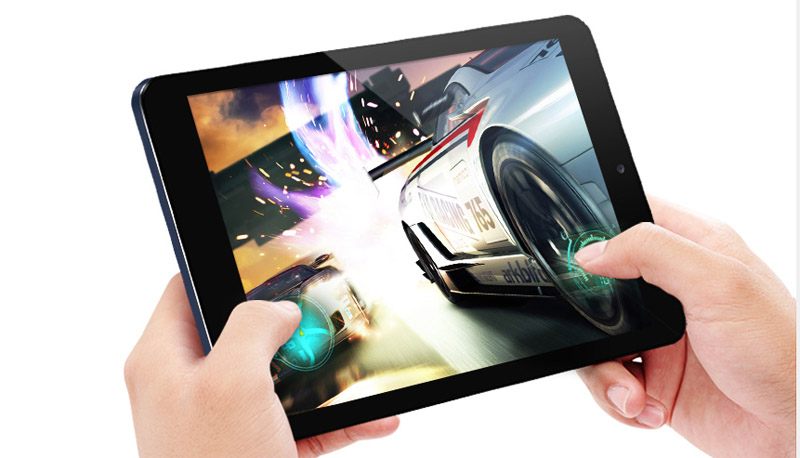
At $145, Cube i6 Air sports Retina display and dual boots Android and Windows
Every once in a while we come across a few exciting gadgets that stand out from the crowd. We’ve seen a dirt-cheap phone, a dirt-cheap TV, a dual-OS capable smartphone, and today we’re learning of another similar gadget. Called the Cube i6 Air, the $145 tablet runs both Android and Windows while sporting an impressive set of hardware.
This is a modified version of the Cube i6 Air 3G which was launched earlier this year in China. As the name gives away, the tablet supports 3G connectivity, but only supports Chinese bands. The Cube i6 Air fixes that problem introducing universal supported Wi-Fi. It’s also cheaper.

Cybersecurity firm accused of hacking potential clients, extorting them to buy its services
There have been numerous instances in the past where anti-virus companies have been accused -- and in many cases caught -- of creating malware their products combat. We’re learning of yet another similar case. A former employee of cybersecurity firm Tiversa is accusing the company of fraud.
Richard Wallace, one of the former investigators at the firm has testified against the firm in a Washington DC courtroom. Wallace says that Tiversa employees would hack their potential clients to force them to buy services from the firm.
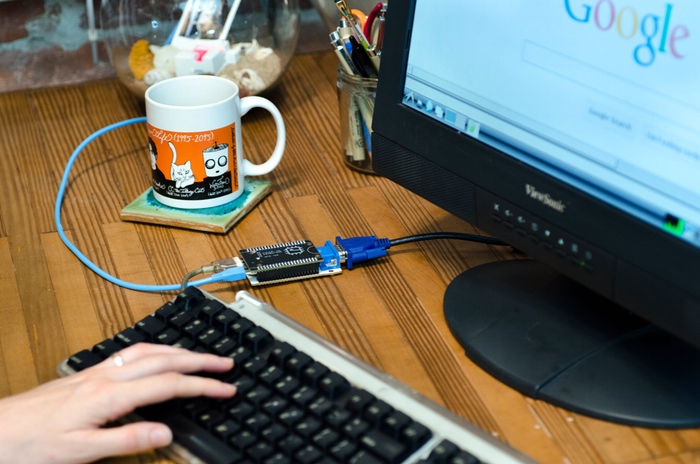
At just $9, Chip is the cheapest computer to be a reality soon
Raspberry Pi, a credit card-sized computer carrying a dirt cheap price tag has become insanely popular in the last couple of years. But what if we told you that there is a similar computer that sports miniature form factor and costs even less? Meet CHIP, a $9 single-board computer that is capable of running light Linux-based distros.
As for the specifications, CHIP packs in a 1GHz processor coupled with 512MB RAM, and 4GB of internal storage. The board comes with optional ports for VGA and HDMI, and supports Wi-Fi and Bluetooth connectivity options. The variant with VGA port costs $19 while the HDMI capable CHIP will set you back by $24 bucks.
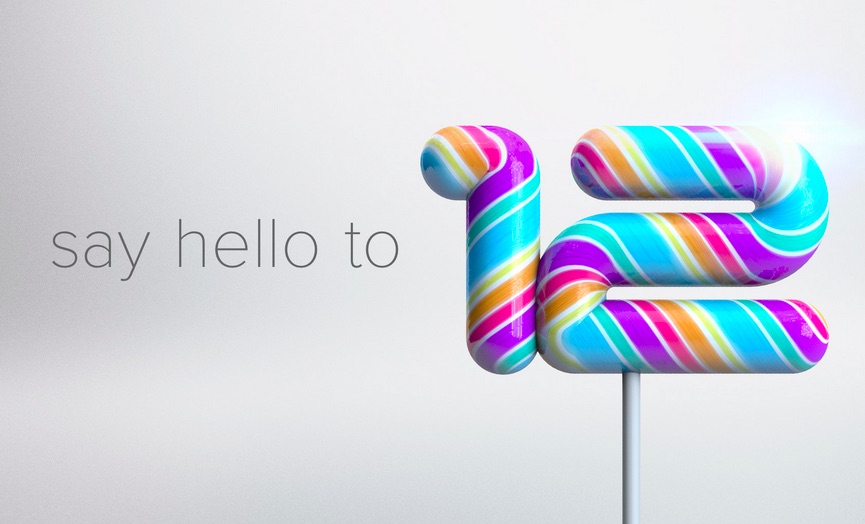
OnePlus One users in India to receive future updates from Cyanogen as companies resolve dispute
Indian mobile manufacturer Micromax and Chinese smartphone manufacturer OnePlus have withdrawn their respective lawsuits against each other. As a result of this the flagship One smartphone will now resume the impending over the air update from Cyanogen Inc.
OnePlus announces that both the companies withdrew their respective lawsuits against each other through mutual consent. In a statement to BetaNews, OnePlus says that it will be working with Cyanogen to ensure that the OnePlus One Indian variant continues to receive updates from the software firm. These updates also include the next in line to CM 12S software version.

Another 'massive security risk' found in Lenovo computers, company issues a patch
Lenovo seems to be having a bad year. It hasn’t been long since the largest PC vendor was caught shipping its laptops with "Superfish" adware, and now we’re learning about some new vulnerabilities found in its computers. But before you slam your fist on your computer desk in dismay, the good news is that Lenovo has the patch ready, and you can download it right away.
Security firm IOActive reports vulnerabilities in Lenovo’s system update file. In a report titled "Lenovo’s System Update Uses a Predictable Security Token", the firm notes (PDF) that these vulnerabilities could allow hackers to bypass validation checks, and replace legitimate Lenovo applications with malicious programs and allow hackers to remotely run programs.

Microsoft slams Android's update policy, announces 24x7 update plans for Windows 10 devices
Microsoft values its customers’ security, and it wants them to know that. The company announces its plans to frequently update Windows 10-powered desktops, laptops, phones, and tablets. At Ignite 2015 event, the company says that it will be pushing security updates every day instead of delivering them once a month.
Home users will be getting updates more often than ever, Windows chief Terry Myerson notes. Businesses, however, will remain sited on their monthly cycle -- popularly known as Patch Tuesday -- as the company plans to first test the update with home users and ensure that those codes aren’t breaking anything. Sounds reasonable.

Thousands of top Android apps found engaging in suspicious activities
Google's Android operating system has matured over the past couple of years. Lollipop -- the latest update -- added fresh paint to give the mobile OS more elegance and provided sophisticated encryption options to make things more secure. But in all these years, Google Play Store -- the marquee Android app store -- has largely remained free from any substantial improvement. In the past, we’ve witnessed plenty of cases where prominently showcased apps in Play Store have been found malicious, riddled with adult content, and spying elements. So it didn't come as a big surprise when this past week a new study uncovered many more of such dubious activities. This time, however, we're looking at apps that many of you are likely using on your devices.
Security researchers from Eurecom tested the top apps from all 25 categories -- summing up to about 2,000 apps -- and found that many of these were connecting to tracking and advertisement websites. Furthermore, many of these apps were pinging even more dubious portals. What’s even more striking is that the owners of these devices have no idea about the activities happening behind the curtain.

At $149, Vensmile W10 mini PC is a handset-shaped Windows 8.1 device that ships in US
Remember the Compute Stick? The $149 pen drive-shaped HDMI dongle from Intel running on Windows 8.1? Well, we’ve just found another similar device -- only a better. Called Vensmile W10 mini PC, the handset-shaped block offers twice as much storage, with more ports but the same processor as Intel’s Compute Stick.
As for the specifications, the miniature computer measures 5.9″ x 3.1″ x 0.39″. Underneath it sits an Intel Atom Z3735F Bay Trail processor coupled with 2GB of RAM, and 64GB of storage. For connectivity options, the Vensmile W10 mini PC supports Wi-Fi and Bluetooth 4.0. Interestingly, it packs in a 3,000 mAh battery as well, which not only can keep the device running in case of a power outage, but also serve as a power backup device to charge your phone or tablet.
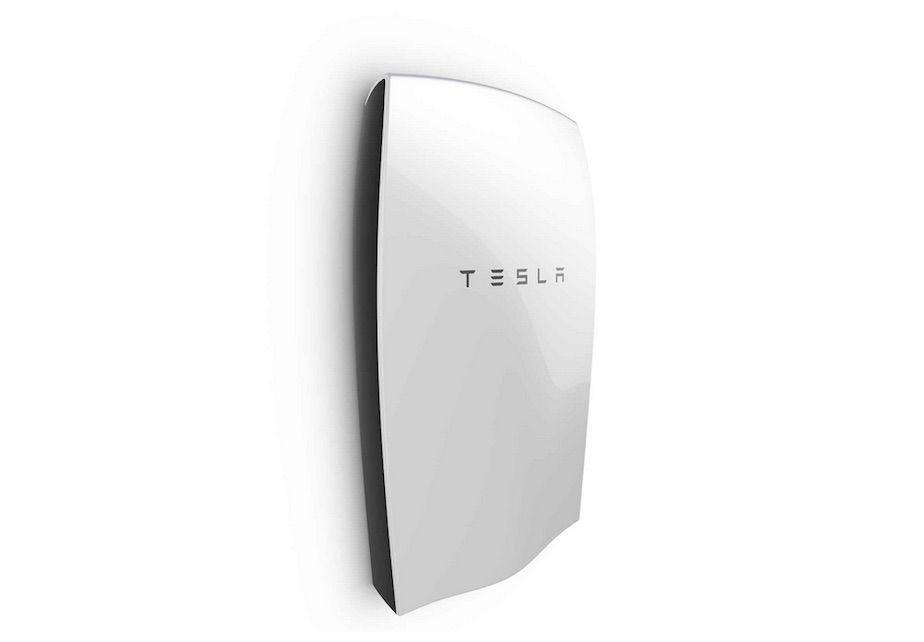
After disrupting electric cars, Tesla announces Powerwall and Powerpack batteries for home and businesses
Today electric carmaker Tesla Motors debuts into a new product category -- the second after cars -- called Tesla Energy. The company shows off new batteries designed to power homes, businesses, and even public utilities. The batteries called Powerwall will store solar energy and serve as a backup system during power outage. The batteries will be available for sale in US this Summer. It will eventually launch at other places as well.
At an event in Los Angeles, Tesla Motors Chief Executive Officer Elon Musk says that Tesla Energy holds the power to change the entire energy infrastructure in the world. "This is within the power of humanity to do," he says. "We have done things like this before. It is not impossible... In a lot of ways it's taking derivative technology from the car".

Microsoft's new browser -- Project Spartan changes to Microsoft Edge in Windows 10
Project Spartan -- the all new Web browser which Microsoft announced at an event in January -- now has a proper name. At its developer conference Build 2015, the Redmond, Washington-headquartered software company announces that it will be calling the new browser Microsoft Edge.
Microsoft Edge, which is a successor to the age old internet navigation tool -- and source of tons of jokes and memes -- Internet Explorer, is designed to surf on the waves of the modern Web. Interestingly, the company seems to be using the same moniker it used while christening the new rendering engine (EdgeHTML) that powers Edge.

Microsoft's final attempt to save Windows Phone: Introduces support for Android apps, lures iOS devs
Microsoft has a four-fold plan to close Windows Phone’s infamous 'app-gap' problem. At its ongoing developer conference, Build 2015, the Redmond-based company announces that it is making it easier for developers to bring their apps to the Windows Phone platform.
The first way is to entice Web developers to wrap their sites into apps and release them on the Windows Store. The second -- arguably, the least exciting -- is to make Windows apps the traditional way -- using existing Win32, .NET WinForms and other Windows development technologies.

Heavens! Microsoft releases Visual Studio Code for Linux and Mac OS X (and Windows)
Satya Nadella’s Microsoft is a lot different from the Microsoft he took charge of from Steve Ballmer last year. It’s open, it’s bold, and it’s kicking. At the ongoing Build 2015 developer conference, the Redmond-based software mammoth announces the launch of Visual Studio Code, a cross-platform code editor for writing modern web and cloud apps. The interesting bit? In addition to Windows, the Visual Studio Code runs on Linux as well as Apple’s Mac OS X desktop platform. Also, it’s free and you can download a technical preview of it right here.
The full-fledged Visual Studio is still Windows-only, but with the new Code the company is opening up to other platforms. The idea is simple. A lot of people use Linux and Mac, so let’s make a development environment that could support their preferred platform.
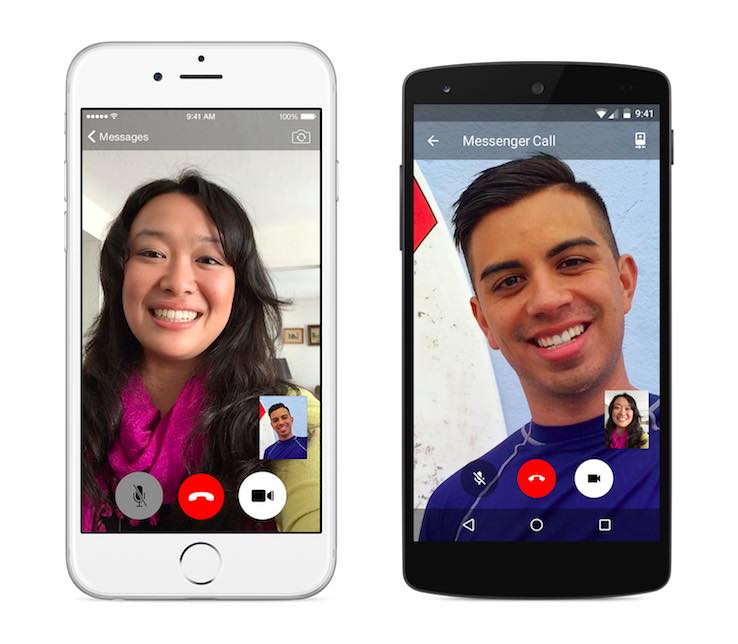
Watch out Microsoft, Facebook releases free video calling feature in Messenger mobile
Facebook’s Messenger app has over 600 million users. Facebook-owned WhatsApp has over 800 million monthly active users. One would wonder why the social juggernaut maintains two instant messaging clients. The company has started to answer this question. While WhatsApp remains a standalone IM, Facebook is aggressively growing its Messenger app. Recently, the company opened the app to developers, and added the ability to easily transfer money to friends, and today, the company is introducing free video calls.
The video calling option has been one of the most anticipated features in Messenger's mobile apps. For those who can recall, Facebook introduced the video calling feature in its Messenger web app in 2011. The company had then partnered with Microsoft to use Skype technology to facilitate the video calling. Things changed in 2013 when Facebook dumped Skype’s technology -- which required users to install an additional plug-in -- for its homegrown video calling features that didn’t require users to download and install any extras.
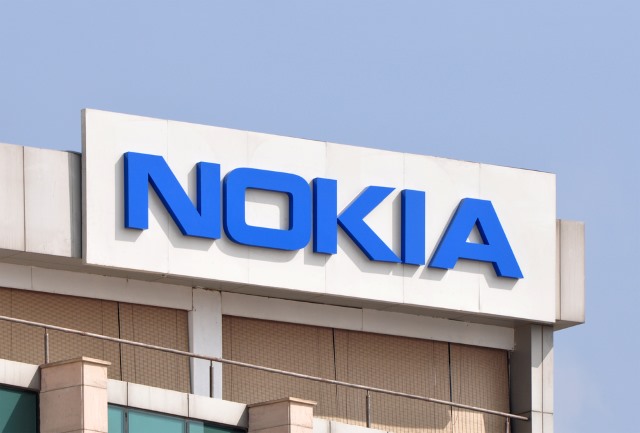
Nokia won't produce phones, but could return to smartphone business by brand-licensing
Wouldn’t it be great if Nokia started manufacturing phones again? If the recent reports are to be believed, the Finland-based company is planning to do just that. Citing its sources, Re/code earlier this week reported that the company will be returning to the phone manufacturing business by 2016, and would launch a couple of Android smartphones. Too bad, that’s not happening. Nokia announces today that it doesn’t intend to return to the smartphone manufacturing business, squashing all the recent reports that claimed otherwise.
On its website (via Reuters), the company notes that the recent news reports that claimed that Nokia expressed its intention to manufacture consumer handsets out of an R&D facility in China “are false". "Nokia reiterates it currently has no plans to manufacture or sell consumer handsets.", it further says.
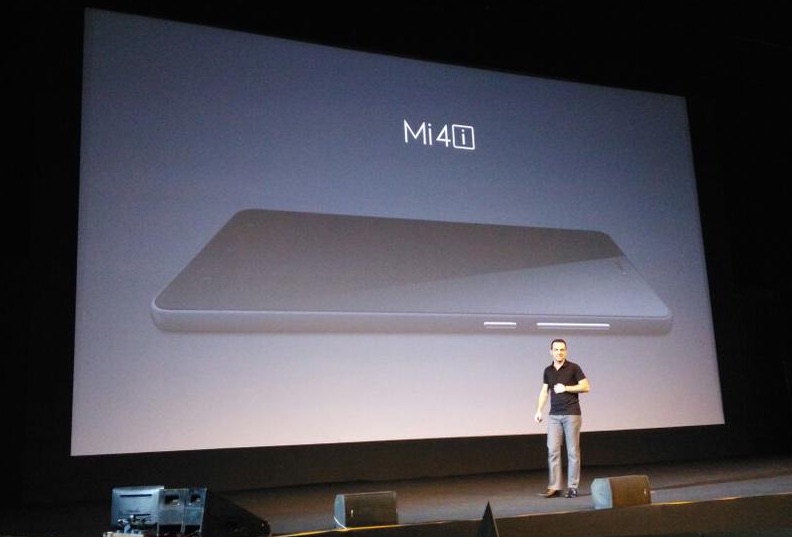
Xiaomi launches Mi 4i, its latest affordable smartphone with LTE support at Rs 12,999 ($200)
Regardless of where on the planet you reside, you must have heard of Xiaomi. The Chinese electronics giant may not be selling its products in your region (yet), but the company’s flagship stature devices priced at dirt-cheap cost have gleaned attention from everywhere. At its first global event today in New Delhi, the company launches a new smartphone called Mi 4i. If the name didn’t give it away, the Mi 4i is a stripped down, and a cheaper -- Rs 12,999 ($200) -- variant of last year's Mi 4 smartphone.
As with Xiaomi’s other smartphones, the Mi 4i shamelessly resembles Apple’s iPhone. Wrapped around a unibody polycarbonate body, the phone certainly looks nice. On the specifications front, the Mi 4i carries a 5-inch fully laminated OGS display. Hugo Barra, the VP of Internationals at Xiaomi says that it is a special solution customised by Corning. With a 7.8mm waistline, it is quite thin, and weighing just 130 grams, the phone is reasonably light too. (For comparison, the Nexus 5 also weighs 130 grams, and the iPhone 6 is ever so lighter at 129 grams.)

